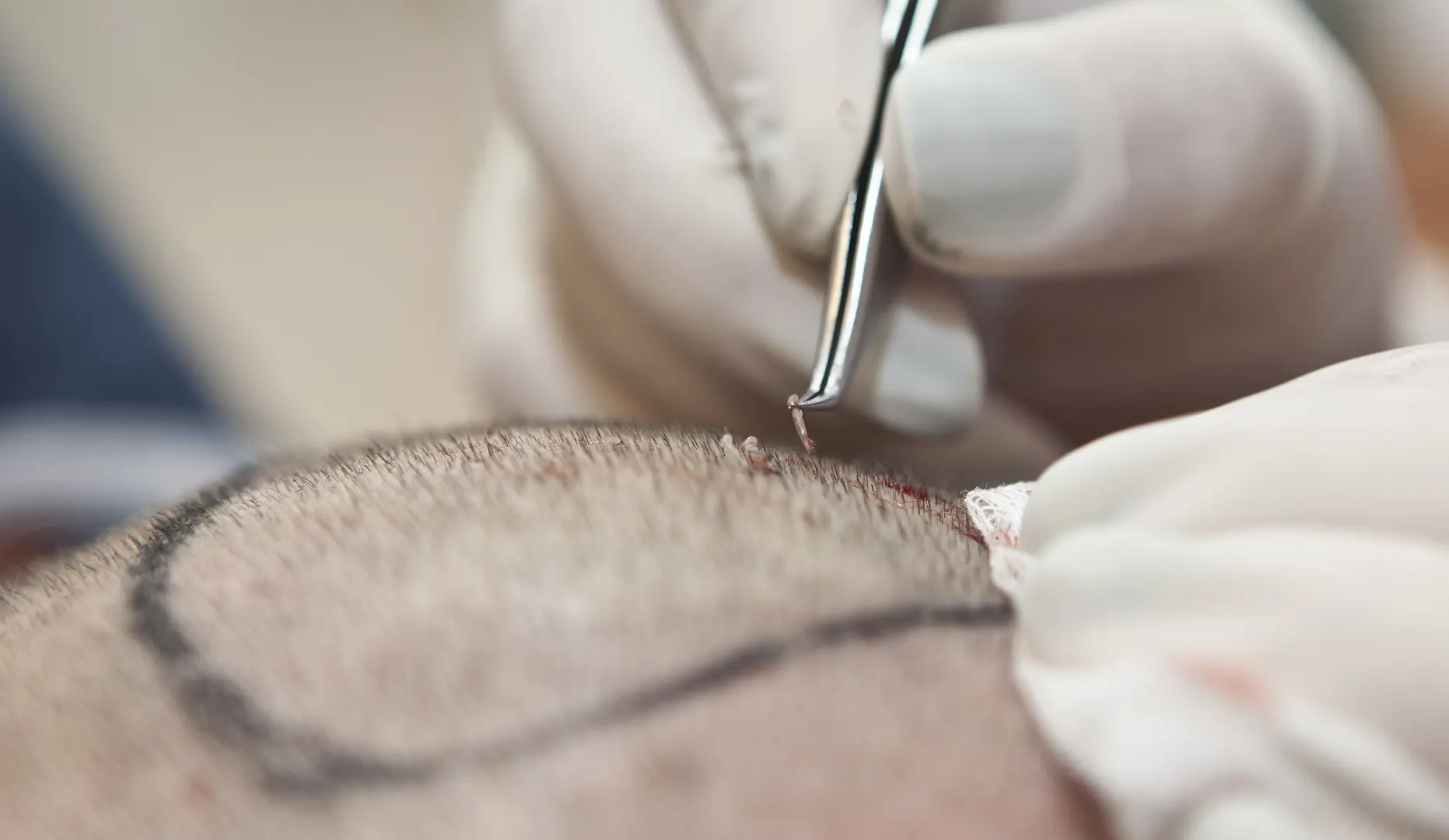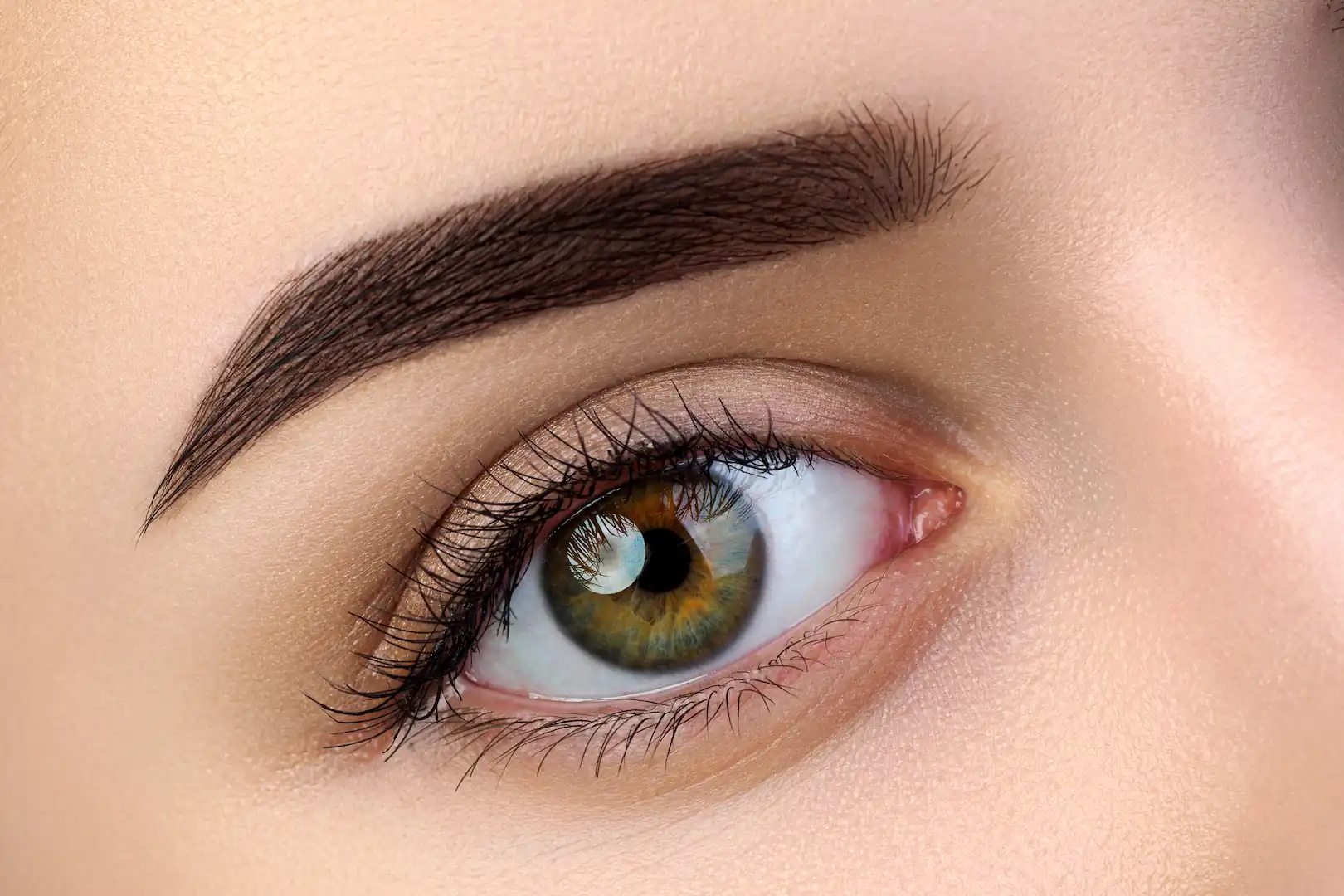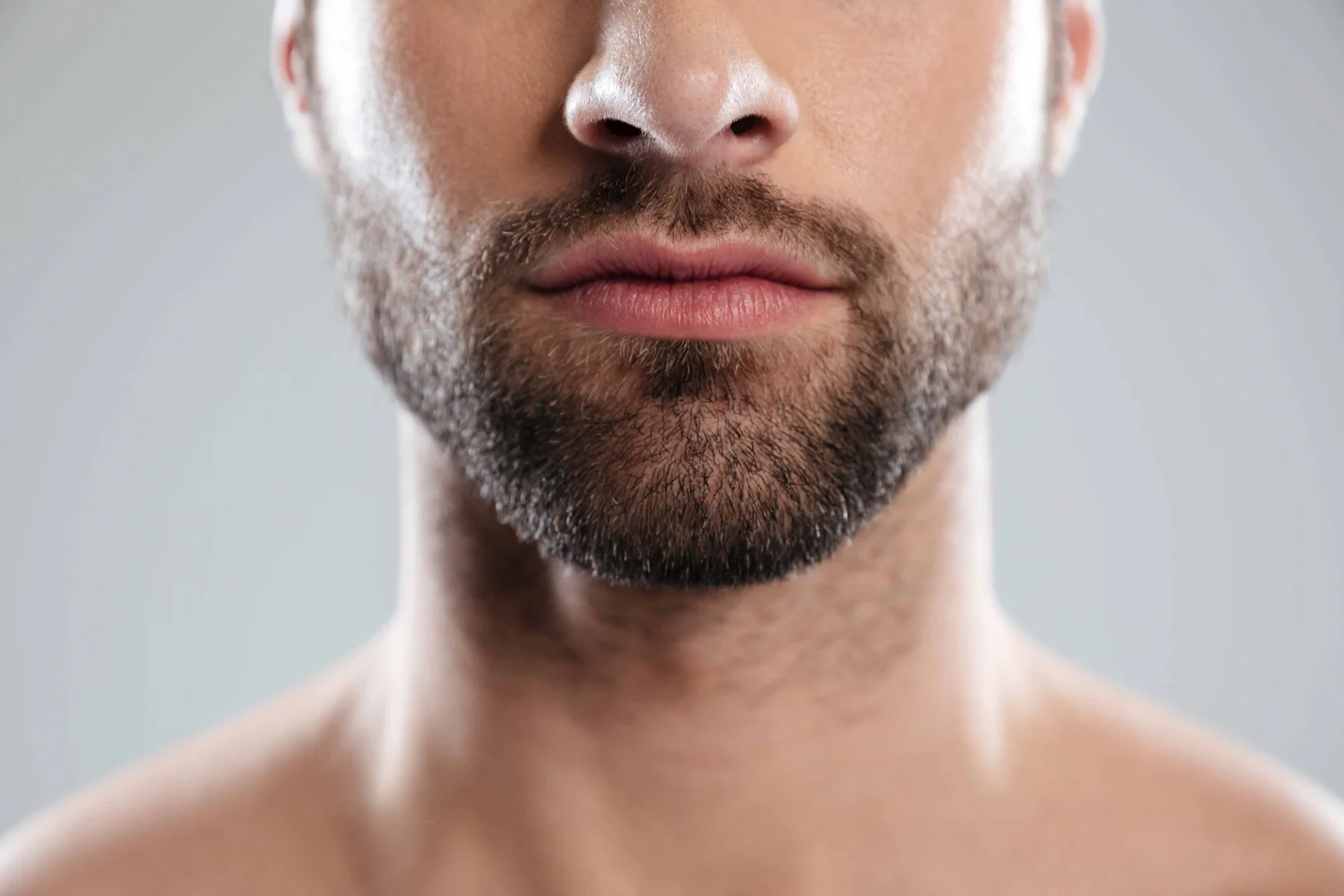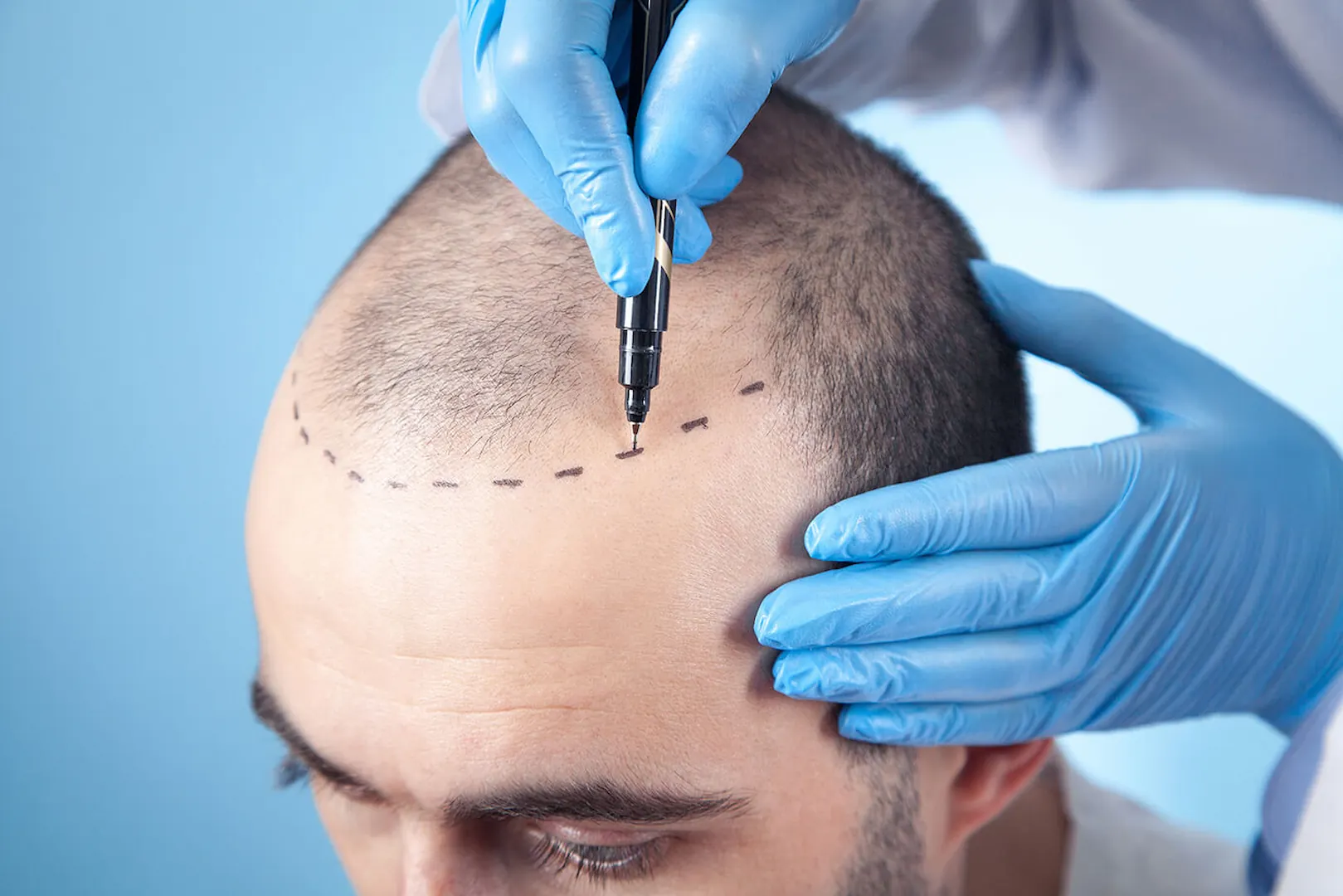Egg Donation, Sperm Donation, Embryo Donation, Surrogacy, and Gestational Carrier.
Hair Transplant
Scalp Hair Transplant, Beard Transplant, and Eyebrow Transplant.
Get a free consultation
Get a free consulatation from us in WhatsApp right now!
Message: +989024444698
Hair Transplant in Iran:
Restoring Your Natural Hairline and Confidence
Hair loss, for many, is more than just a cosmetic concern; it’s an emotional journey that can significantly impact self-image, confidence, and how one navigates the world. The sight of thinning hair or a receding hairline can evoke feelings of vulnerability and frustration, often leading individuals to seek effective, lasting solutions. A hair transplant offers a powerful answer, restoring not just hair, but often a profound sense of self. Iran has rapidly risen as a leading global destination for cutting-edge hair transplant procedures, attracting international patients with its highly skilled specialists, state-of-the-art clinics, and remarkably accessible costs. This comprehensive article delves into the transformative world of hair transplantation available in Iran, exploring the advanced techniques employed, the compassionate care patients receive, and the journey towards regaining a natural-looking, fuller head of hair.
Understanding Hair Transplant: Restoring Your Natural Hairline and Density
Hair transplantation is a surgical procedure that involves moving healthy hair follicles from an area of the scalp with abundant hair (the ‘donor area,’ typically the back or sides of the head) to balding or thinning areas (the ‘recipient area’). Unlike older methods that resulted in unnatural “hair plugs,” modern hair transplant techniques focus on transplanting individual follicular units—groups of 1-4 hairs that grow naturally together. This meticulous approach ensures that the transplanted hair grows naturally in terms, of direction, angle, and density, blending seamlessly with existing hair and providing incredibly natural-looking and permanent results.
Conditions Addressed by Hair Transplant in Iran
Hair transplant procedures in Iran are effectively utilized to address various forms of hair loss and to restore hair in specific areas:
Androgenetic Alopecia (Male and Female Pattern Baldness)
- This is the most common cause of hair loss, characterized by a receding hairline, thinning at the crown (in men), or diffuse thinning over the scalp (in women). Hair transplants are highly effective because the donor hair follicles are genetically resistant to the hormones that cause pattern baldness.
Hair Loss Due to Trauma, Burns, or Scars
- Hair transplant can successfully fill in areas where hair growth has been permanently lost due to accidents, surgical scars, or burns on the scalp or other parts of the body.
Receding Hairline and Thinning Crowns
- For individuals whose hairline has moved back significantly or whose crown area is experiencing noticeable thinning, hair transplant can restore a more youthful and dense appearance.
Eyebrow and Beard Hair Restoration
- Beyond the scalp, hair transplant techniques can also be used to create or enhance eyebrows and beard density, offering a natural and lasting solution for those seeking more facial hair definition.
Hair Loss from Previous, Older Transplant Procedures
- Modern hair transplant techniques can often correct the unnatural appearance of older “pluggy” transplants, providing a more natural and refined outcome.
Key Hair Transplant Techniques Available in Iran (Detailed Overview)
Iranian hair transplant clinics are at the forefront of modern hair restoration, offering both the most widely accepted and advanced techniques to cater to individual patient needs and desired outcomes.
1. Follicular Unit Extraction (FUE) in Iran
FUE is currently the most popular hair transplant method due to its minimally invasive nature and natural results. It involves extracting individual follicular units directly from the donor area using a micro-punch tool, leaving no linear scar.
Procedure Overview
- Donor Area Preparation: The donor area (usually the back or sides of the head) is typically shaved and numbed with local anesthesia.
- Individual Graft Extraction: Using a specialized micro-punch tool (0.6mm-1.0mm in diameter), the surgeon carefully extracts individual follicular units (each containing 1-4 hairs) directly from the scalp. These tiny circular incisions heal into nearly invisible dot-like scars.
- Recipient Site Creation: Tiny incisions are made in the balding or thinning recipient area, meticulously designed to mimic the natural angle, direction, and density of hair growth.
- Graft Implantation: The extracted follicular units are then carefully implanted into these recipient sites using specialized forceps or implanter pens (like DHI).
Advantages of FUE
- No linear scar in the donor area, allowing for shorter hairstyles.
- Minimally invasive with faster healing of the donor area.
- Less post-operative discomfort compared to FUT.
- Can be used to extract hair from areas other than the scalp (e.g., beard, chest) if scalp donor hair is insufficient (Body Hair Transplant – BHT).
Indications for FUE
Individuals seeking a less invasive procedure, those who prefer shorter hairstyles, or those with limited scalp elasticity. Suitable for moderate to extensive hair loss.
2. Follicular Unit Transplantation (FUT) / Strip Method in Iran
FUT, also known as the “strip method,” is a traditional and highly effective technique that involves removing a small strip of scalp from the donor area, from which follicular units are then harvested for transplantation.
Procedure Overview
- Strip Excision: A thin strip of skin containing healthy hair follicles is surgically removed from the donor area (usually the back of the head), which is then closed with sutures, resulting in a linear scar.
- Graft Dissection: The excised strip is meticulously dissected under high-powered microscopes by a skilled team to separate it into individual follicular units.
- Recipient Site Creation & Implantation: Similar to FUE, tiny incisions are made in the recipient area, and the prepared follicular units are carefully implanted.
Advantages of FUT
- Can yield a larger number of grafts in a single session, making it efficient for extensive hair loss.
- Generally, a higher transection rate (damage to grafts) is avoided during harvesting compared to manual FUE for some surgeons.
- The donor area can be covered by surrounding hair if worn long enough.
Indications for FUT
Individuals with extensive hair loss requiring a large number of grafts, those with good scalp elasticity, or those who typically wear their hair long enough to cover the linear scar. Can also be combined with FUE for maximum graft yield (Combined Method).
Other Advanced Hair Transplant Approaches (Brief Mention)
- Direct Hair Implantation (DHI): A variation of FUE where extracted grafts are immediately implanted using a specialized implanter pen (Choi Implanter), often eliminating the need for pre-made incisions. This allows for very precise control over angle, depth, and direction.
- Sapphire FUE: Utilizes sapphire blades for creating recipient site incisions, which are thought to result in less tissue damage and faster healing.
The Hair Transplant Journey in Iran: Pre-Procedure Evaluation and Planning
A meticulous pre-procedure evaluation is the cornerstone of a successful hair transplant, ensuring that the results are natural, dense, and meet your expectations. Iranian clinics emphasize this crucial planning phase:
Initial Consultation and Detailed Assessment
Your journey begins with a comprehensive consultation with a hair transplant specialist. This involves an in-depth discussion about your hair loss history, current medications, medical conditions, and most importantly, your aesthetic goals. The specialist will thoroughly examine your scalp, assessing the pattern of hair loss and the quality and density of your donor area.
Hairline Design and Graft Estimation
A critical artistic step involves collaboratively designing your new hairline. The surgeon will consider your age, facial features, and future hair loss progression to create a natural-looking and age-appropriate hairline. Based on this design and the extent of your balding, the estimated number of grafts needed will be determined.
Advanced Diagnostics (e.g., Trichoscopy)
Many clinics utilize advanced diagnostic tools like trichoscopy (a magnified examination of the scalp and hair) to assess hair follicle health, miniaturization, and donor area capacity more accurately, aiding in precise planning.
Personalized Treatment Plan Development
Based on all assessments, the surgeon will recommend the most suitable hair transplant technique (FUE, FUT, or a combination), outline the procedure details, expected timeline for results, and provide a transparent cost estimate. You will have ample opportunity to ask questions and clarify any concerns.
Realistic Expectations and Long-Term Planning
The surgeon will ensure you have realistic expectations about the outcome, explaining the growth timeline and the importance of long-term care. For extensive hair loss, a staged approach might be discussed.
Pre-operative Instructions
You will receive clear instructions on how to prepare for your surgery, including guidelines on avoiding alcohol and smoking (crucial for graft survival), discontinuing certain medications (e.g., blood thinners, specific supplements), and scalp hygiene.
The Hair Transplant Procedure Experience in Iran (General Principles)
Undergoing a hair transplant in Iran is characterized by modern clinical environments and skilled teams focused on precision and patient comfort:
Modern and Hygienic Facilities
Iranian hair transplant clinics operate in modern, well-equipped environments that adhere to strict international hygiene and sterilization standards, ensuring a safe and comfortable experience for all patients.
Skilled and Compassionate Surgeons and Teams
Hair transplant procedures are performed by highly skilled and experienced specialists—often dermatologists, plastic surgeons, or dedicated hair transplant surgeons—who are adept at both the technical and artistic aspects of hair restoration. They are supported by a well-trained team of technicians who assist in graft handling and implantation.
Anesthesia and Comfort
Hair transplant surgery is typically performed under local anesthesia, meaning the scalp is numbed while you remain awake and comfortable. Some clinics may offer mild oral sedatives to help patients relax during the lengthy procedure.
Precision and Artistry
The success of a hair transplant relies heavily on the surgeon’s precision in extracting and implanting grafts, as well as their artistic vision in designing a natural hairline and ensuring the correct angle and direction of hair growth for a seamless look.
Duration of Procedures
Hair transplant procedures can be lengthy, often taking 6 to 10 hours or more, depending on the number of grafts being transplanted and the technique used. Breaks are provided for patient comfort.
Post-Operative Care and Recovery in Iran
Diligent post-operative care is paramount for the successful integration and growth of transplanted hair. Iranian clinics provide comprehensive guidance for a smooth recovery:
Clear Aftercare Instructions and Support
You will receive detailed instructions on how to care for your scalp in the immediate days and weeks following the procedure. This includes guidelines for gentle washing, applying specialized sprays, and avoiding activities that could dislodge grafts. Post-operative support is readily available.
Swelling and Redness Management
Some swelling (especially around the forehead and eyes) and redness in both the donor and recipient areas are common in the first few days. This is typically managed with medication and by keeping your head elevated while sleeping.
Activity Restrictions
Strenuous physical activity, heavy lifting, and direct sun exposure to the scalp should be avoided for a period, usually 1-4 weeks, to protect the newly transplanted grafts and ensure proper healing.
Scab Formation and Shedding Phase
Small scabs will form around the transplanted grafts and usually fall off within 10-14 days. This is followed by a “shedding phase” (typically weeks 2-8), where most of the transplanted hairs fall out. This is a normal and expected part of the growth cycle, indicating that the follicles have entered a resting phase before new growth begins.
Growth Timeline
Patience is key for hair transplant results. New hair growth typically begins around 3-4 months post-procedure. This initial growth may be fine and sparse. Over the next 6-12 months, the new hairs will gradually thicken and increase in density, leading to noticeable improvements. Full, final results are usually visible between 12-18 months after the surgery.
Follow-Up Appointments and Long-Term Care
Regular follow-up appointments are crucial for your surgeon to monitor your progress. They may also recommend long-term care strategies, such as PRP (Platelet-Rich Plasma) therapy or specific medications (e.g., minoxidil, finasteride) to support existing hair and enhance transplanted hair growth.
Why Choose Iran for Your Hair Transplant?
Iran has become a compelling choice for individuals seeking high-quality hair transplant procedures, offering a unique blend of advantages for international patients:
World-Class Expertise and Training of Surgeons
Iranian hair transplant surgeons are highly skilled and often internationally trained, possessing extensive experience in both FUE and FUT techniques. They combine medical precision with an artistic eye to create natural-looking hairlines and density, crucial for aesthetic success.
State-of-the-Art Facilities and Technology
Modern hair transplant clinics in Iran are equipped with the latest technology, including advanced micro-punch tools, high-resolution microscopes, and specialized implanter pens (for DHI), ensuring efficient and precise graft handling and placement.
Remarkable Cost-Effectiveness
One of the most significant advantages is the exceptional affordability of hair transplant procedures in Iran. Patients can receive world-class treatment at a fraction of the cost compared to equivalent procedures in many Western countries, making it accessible to a wider range of individuals.
Comprehensive Range of Services
Iranian clinics offer all major hair transplant techniques (FUE, FUT, DHI, Sapphire FUE, etc.), as well as supplementary treatments like PRP therapy, allowing for highly customized and effective solutions for various types of hair loss.
High Standards of Hygiene and Safety
Reputable Iranian medical facilities adhere strictly to international hygiene and sterilization protocols, ensuring a safe and clean environment for all surgical procedures and minimizing risks.
Personalized Patient Care and Hospitality
Iranian medical professionals are known for their warm hospitality and patient-centric approach. They provide comprehensive support, clear communication, and compassionate care throughout the entire hair restoration journey, ensuring a comfortable experience.
Cultural and Travel Opportunity
For many international patients, combining their hair transplant treatment with an opportunity to explore Iran’s rich historical sites, diverse culture, and vibrant cities adds a unique and enriching dimension to their medical travel experience.
Choosing Your Hair Transplant Surgeon and Clinic in Iran
Selecting the right hair transplant surgeon and clinic is paramount for achieving natural, long-lasting results and a positive experience. Consider these vital factors:
Surgeon’s Qualifications and Specialization
Prioritize a surgeon who is board-certified in a relevant field (dermatology, plastic surgery) and has extensive, proven experience specifically in hair transplantation. Look for expertise in both FUE and FUT, as well as an artistic understanding of hairline design.
Clinic Reputation and Patient Reviews
Research the clinic’s reputation thoroughly by reading patient testimonials and reviews on independent platforms. Look for consistent positive feedback regarding surgical outcomes, naturalness of results, patient care, and post-operative support.
Portfolio of Before-and-After Photos
Carefully examine the surgeon’s and clinic’s gallery of before-and-after photos. Pay close attention to the naturalness of the hairline, the density achieved, and the overall aesthetic harmony. This is one of the most crucial indicators of a surgeon’s skill.
Transparency in Consultation and Cost
A reputable clinic will offer a detailed consultation, explaining the chosen technique, the estimated number of grafts, the expected results, and a clear, transparent breakdown of all costs involved, without hidden fees.
Clinic Facilities and Technology
Ensure the clinic is modern, well-maintained, and utilizes advanced hair transplant technologies (e.g., high-quality micro-punches, microscopes, implanter pens). High standards of cleanliness and sterilization are non-negotiable.
Post-Operative Support and Communication
Confirm that the clinic provides comprehensive post-operative care instructions and accessible channels for communication during your recovery phase, especially vital for international patients.
Conclusion
Hair transplant in Iran offers a compelling and accessible pathway to overcoming hair loss and regaining a fuller, more confident head of hair. With highly skilled surgeons, cutting-edge facilities, and a deep commitment to personalized care and natural-looking results, Iran stands as a leading global destination for hair restoration. By carefully researching options and choosing a reputable professional, patients can confidently embark on a transformative journey towards embracing a revitalized appearance and a renewed sense of self-assurance.
MedAll Body Contouring in Iran

Why Iran is the best choice?
Iran has emerged as a premier destination for medical tourism, offering world-class healthcare at a fraction of Western prices while providing patients with exceptional care in a culturally rich environment. If you’re considering medical treatment abroad, Iran presents a compelling combination of advanced medical facilities, highly trained specialists, and significant cost savings.

Why MedAll is the best choice?
As your dedicated medical tourism facilitator, Medall connects international patients with Iran’s top healthcare providers while ensuring a seamless, comfortable experience from consultation to recovery.
MORE SERVICES
see more
Facial Surgeries
Rhinoplasty, Septoplasty, Ethnic Rhinoplasty, Fillers & Botox (Face, Lips), Facelift, Lip Lift, Brow Lift, Chin Implant, Double Chin Removal, Cleft Lip & Palate Surgery, Otoplasty, Blepharoplasty, Buccal Fat Removal, Canthoplasty, Facial Bone Contouring, etc.
Body Contouring
Arm Lift, Abdominal Etching, Liposuction, Gastric Balloon, Sleeve, Bypass, Abdominoplasty, Thigh & Buttock Lift, Fat Transfer, Buttock Implants, Mastopexy, Gynecomastia, Gender Reassignment Surgery, Labiaplasty, etc.
Hair Transplant
Scalp Hair Transplant, Beard Transplant, and Eyebrow Transplant.
Get a free consultation
Get a free consulatation from us in WhatsApp right now!
Message: +989024444698




